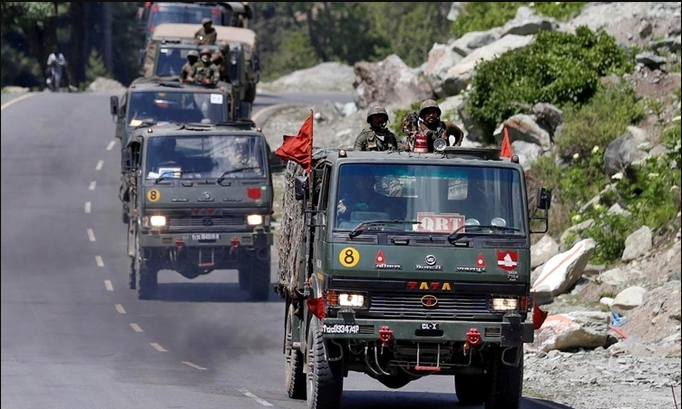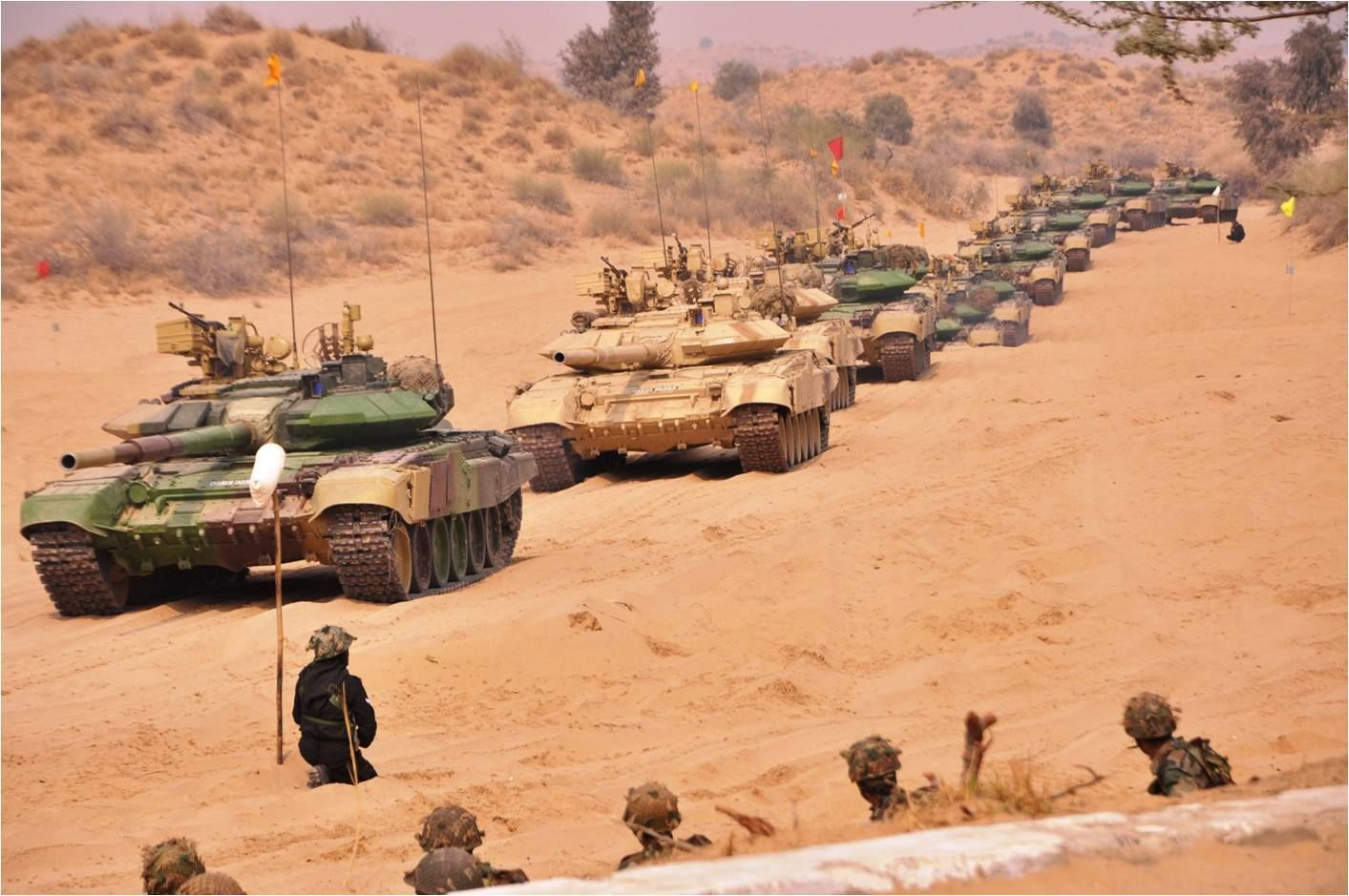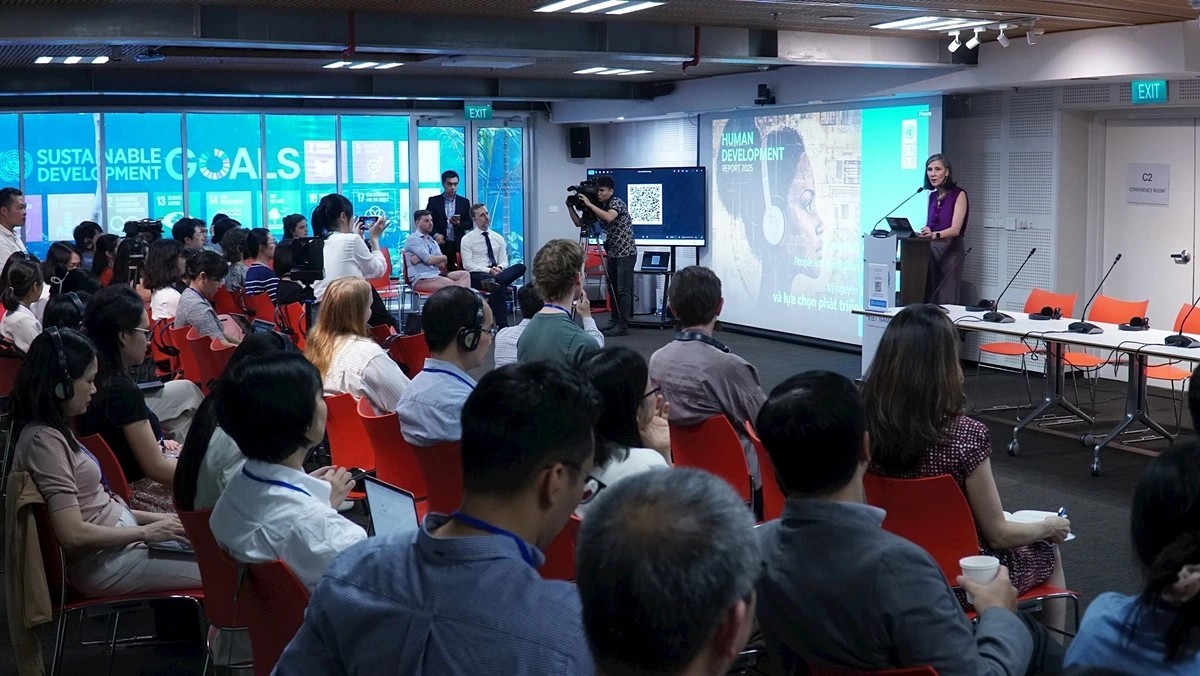China-India relation
China, India agree to speed up border troop pull back
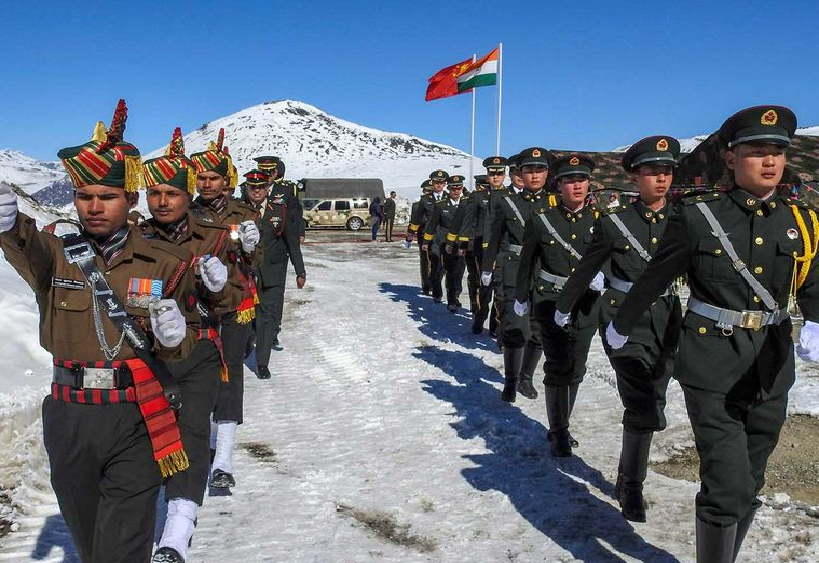 |
| Indian and Chinese soldiers jointly celebrate the New Year 2019 at Bumla along the Indo-China border in Arunachal Pradesh. Photo for illustrative purposes. (Photo: PTI) |
Chinese and Indian diplomats agreed on July 24 to a fast pull back of troops eyeballing each other across a disputed border in the western Himalayas where 20 Indian soldiers died in a clash last month, the Indian government said.
There were no shots fired during the June 15 fighting in the Galwan Valley of India’s Ladakh region when the Indian soldiers were beaten with rocks and clubs, but it still marked the worst clash in decades between Asia’s nuclear-armed powerhouses, Reuters reported.
Since then the two sides have held several rounds of talks to restore calm and reduced the numbers of troops in the valley, while still pouring reinforcements into the wider region.
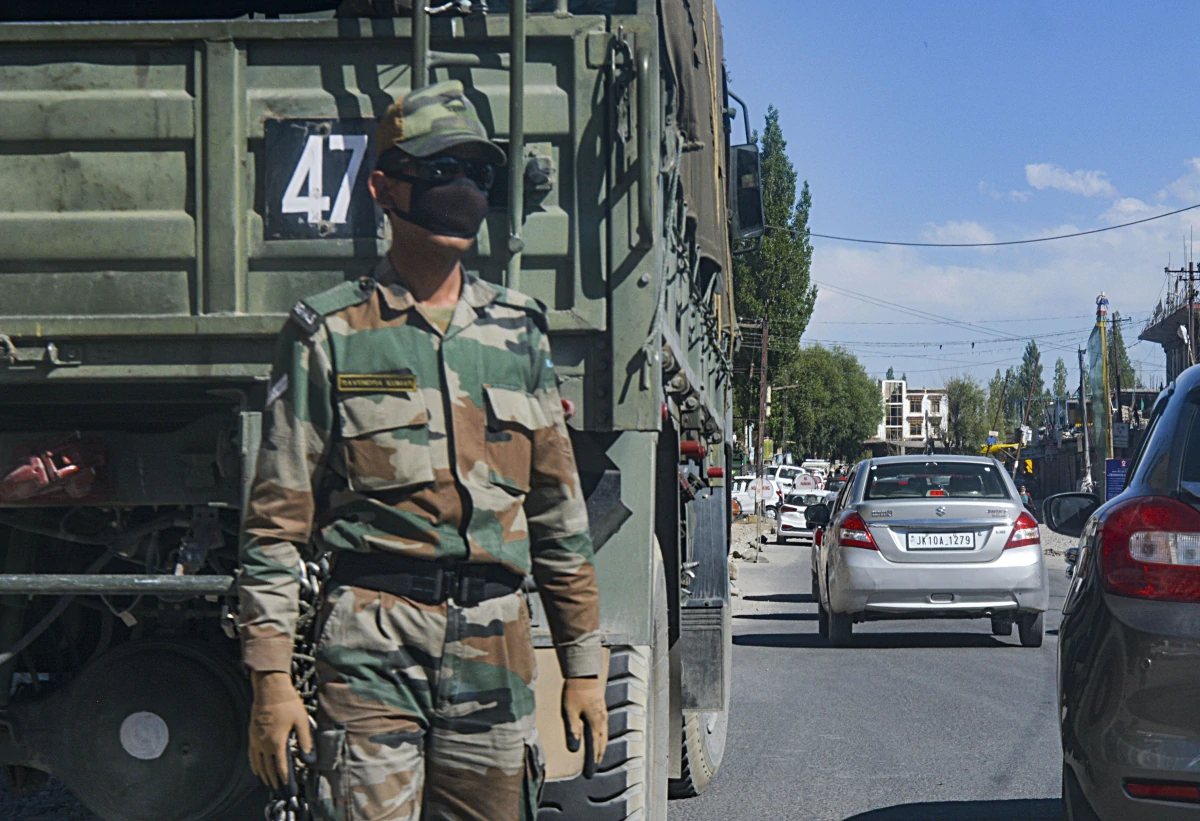 |
| Indian Army personnel stands next to an army convoy heading towards the Line of Actual Control (LAC) in eastern Ladakh. (Photo: India Today) |
At a virtual meeting, diplomats from both sides reviewed the halting progress made so far in ending the standoff on the “Line of Actual Control” or the de facto border.
Both sides agreed on an “early and complete” disengagement of the troops from the friction points in eastern Ladakh, holding that full restoration of peace and tranquility in border areas was essential for the overall development of bilateral relations, according to Times of India.
The Indian Ministry of Foreign Affairs (MEA) said the two sides agreed on the July 24 talks that another meeting of their senior army commanders may be held soon to work out further steps to ensure complete disengagement “expeditiously.”
There was no immediate readout from the Chinese side.
The Line of Actual Control
The Line of Actual Control was established after a war in 1962, but it is poorly defined and there have been sporadic flare ups over the decades though no cross-border firing.
India asserted that the maintenance of peace and tranquility along the LAC is the basis of its bilateral relationship with China, and said it expected the Chinese side to be sincere in completing the disengagement of troops in eastern Ladakh, Hindustan Times said.
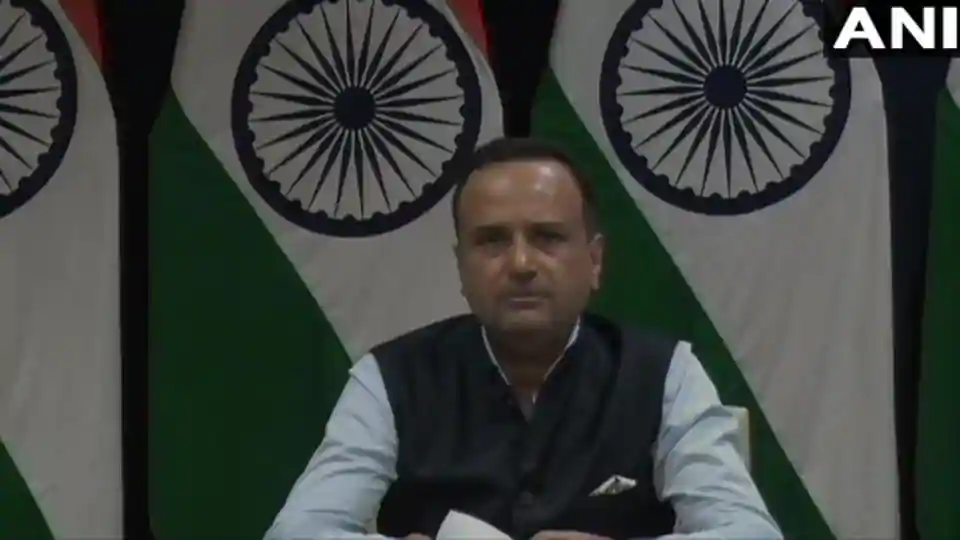 |
| At an online media briefing, MEA Spokesperson Anurag Srivastava said another round of diplomatic talks between India and China under the framework of the Working Mechanism for Consultation and Coordination (WMCC) is expected to be scheduled soon.(Photo: ANI ) |
At an online media briefing, MEA Spokesperson Anurag Srivastava affirmed “The maintenance of peace and tranquility in the border areas is the basis of our bilateral relationship,” he said.
“Therefore it is our expectation that the Chinese side will sincerely work with us for complete disengagement and de-escalation and full restoration of peace and tranquility in the border areas at the earliest as agreed to by the Special Representatives,” Srivastava added.
National Security Advisor Ajit Doval and Chinese Foreign Minister Wang Yi held a nearly two-hour-long telephonic conversation on July 5 to bring down tension between the armies of the two countries in eastern Ladakh.
Both sides began the disengagement process from July 6 following the talks between Doval and Wang who were Special Representatives for the boundary question.
“We have also made it clear that India is fully committed to observing and respecting the LAC and that we will not accept any unilateral attempts to change the status quo along the LAC,” said Srivastava.
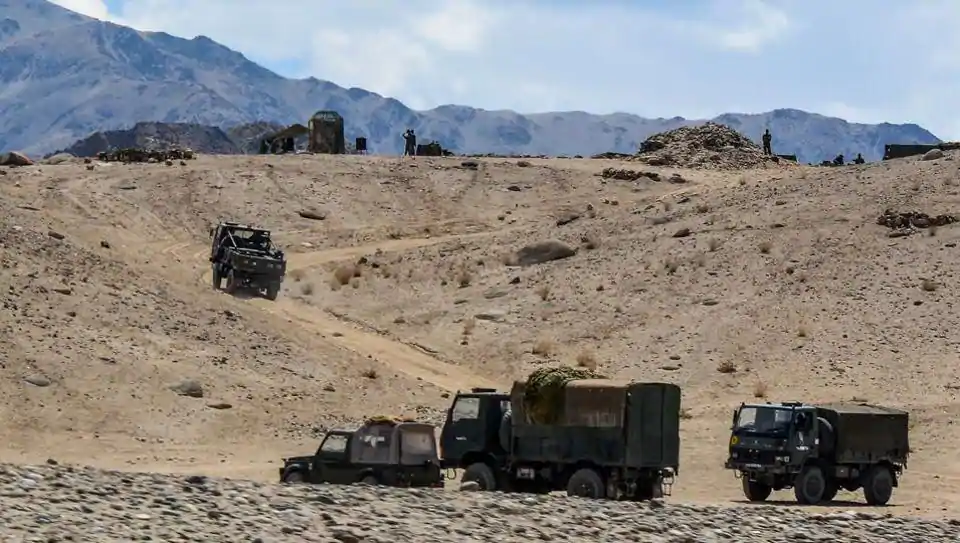 |
| Indian army soldiers drive vehicles along mountainous roads as they take part in a military exercise in union territory of Ladakh on July 4, 2020. (Photo: AFP) |
However, a US official, speaking on condition of anonymity, told Reuters in Washington that the US had seen a build-up of forces on the India-China border, estimating that each side had over 10,000 troops in the area.
“We’re still seeing actually troop reinforcements and weapon reinforcements moving towards the border. So by no means are we out of the woods yet,” the official added./.
| The Indian government has banned as many as 59 mobile apps, most of them Chinese, including popular ones like Tik Tok, UC Browser and WeChat. The move came as tensions between India and China escalated following the Galwan Valley clashes on June 15 that left 20 Indian soldiers dead. In an official statement, the Indian Ministry of Information and Technology said the apps have been banned due to multiple reasons such as security and privacy concerns. |
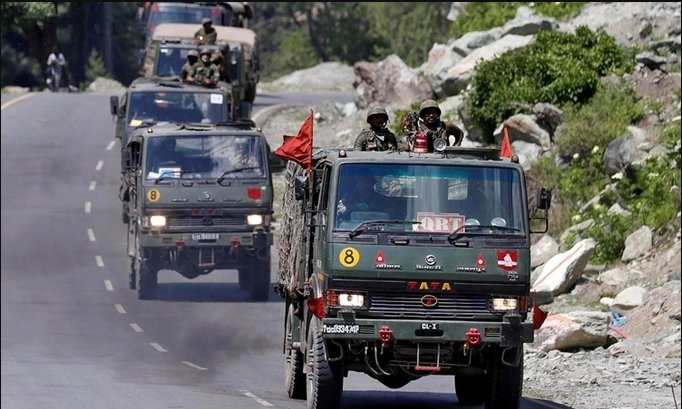 | China - India Border Conflict: Both starts withdrawing troops from Galwan Valley China and India began withdrawing its troops along the disputed area with India in Galwan, following last month's clash, said Indian officials. |
| The Indian military has long expressed concern about the dangers of dealing with "pincers" from China and Pakistan at the border now really occurring while ... |
| India-China border dispute: Why India "plays solo" with its counter China The border stand-off with China has made it crucial for India to rethink all its strategic options. Can it use the growing anti-China sentiment across the world ... |
Recommended
 World
World
Pakistan NCRC report explores emerging child rights issues
 World
World
"India has right to defend herself against terror," says German Foreign Minister, endorses Op Sindoor
 World
World
‘We stand with India’: Japan, UAE back New Delhi over its global outreach against terror
 World
World
'Action Was Entirely Justifiable': Former US NSA John Bolton Backs India's Right After Pahalgam Attack
 World
World
Nifty, Sensex jumped more than 2% in opening as India-Pakistan tensions ease
 World
World
Easing of US-China Tariffs: Markets React Positively, Experts Remain Cautious
 World
World
India strikes back at terrorists with Operation Sindoor
 World
World


